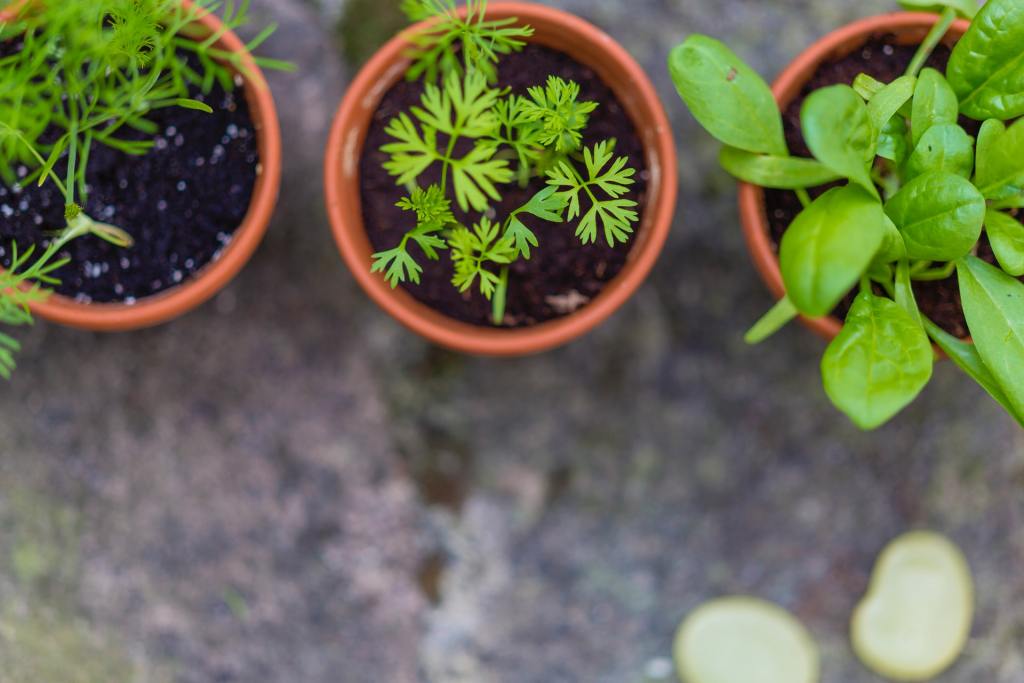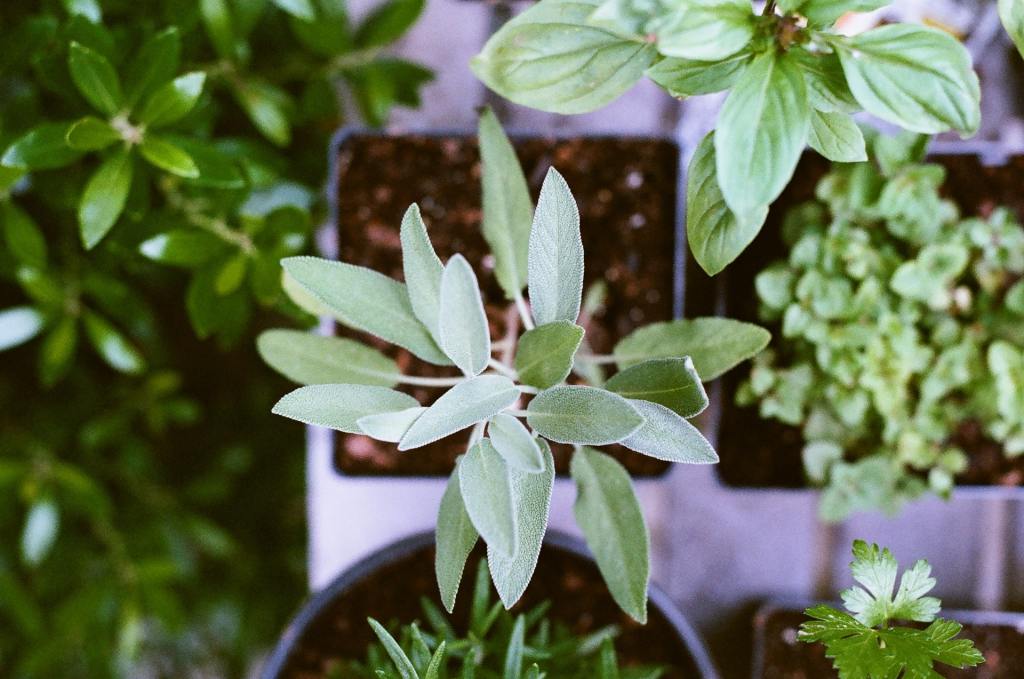An herb garden may just be one of the most delightful plant projects out there—what can beat growing green beauties that you can throw into your food as beautiful and flavorful garnish? Still, not everyone has the space for an herb garden or the time to gather all the materials to build one. That’s where herb-growing kits come in. Whether you’re looking for a thoughtful gift to buy a gardener or want to foray into the world of herb growing, these compact and comprehensive sets come with seed-starting materials so you can grow veggies to add to your favorite dishes and drinks. Below, we put together a good, better, best ranking to help you find the perfect herb-growing kit for your budget and interests!

What to look for in an herb growing kit
What should you look for when you’re thinking of buying an herb-growing kit? Here are a few of the components to keep an eye on:
- Growing medium: It would surely defeat the purpose of a gardening kit if you had one that didn’t come with a growing medium! Usually, herb kits will come with soil discs that are coir-based and fortified with plant food such as worm castings.
- Seeds: You’ll usually find an assortment of seeds in an herb-growing kit — one thing to consider is if they’re organic or non-GMO.
- Markers: If you grow multiple types of plants, it’s helpful to have signs to tell the difference between your herbs so that you can give them the best care possible. Extra points if the markers are made of compostable and eco-friendly materials, too!
- Instruction manual: While you can Google virtually anything these days, a detailed instruction manual will help you get started without needing to go down any rabbit hole on the Internet—a bonus in our book!
A special note: for all intents and purposes, we will stick with straightforward herb-growing kits here—that is, ones with seeds, soil, and containers. More upscale sets typically feature hydroponic setups, grow lights, and other apparatuses. While these features are great, they can raise prices to at least a hundred, if not hundreds of dollars.
Good: Urban Leaf Herb Garden Starter Kit
To get started on your green journey without having to make the trek to your big-box garden center, the Urban Leaf Herb Garden Starter Kit is a good pick to order for under $30. This set comes with three seed packets for basil, cilantro, and parsley—all versatile herbs in the kitchen. In addition to the seeds, the package comes with three wooden markers, three expandable soil discs, three biodegradable pots, and an instruction manual. What’s great is that instead of just coco coir, the discs also come fortified with nutrient-filled worm castings and water-retaining crystals.
The wooden box that this set comes with makes for a beautiful gift set, but it might not be practical in the long run because there’s no liner to prevent water from warping the wood.

Better: Spade to Fork Store Indoor Herb Garden Starter Kit
Thoughtfully curated by a family farm business, the Spade to Fork Store Indoor Herb Garden Starter Kit is a better option because it’s entirely organic and comes with a wider variety of seeds—Italian large leaf basil, coriander cilantro (slow bolt), peione parsley, broadleaf sage, and thyme. Along with the seeds, you’ll also get five OMRI-certified compostable peat pots, five OMRI-certified potting soil discs, and five wood plant markers. (OMRI, side note, stands for Organic Materials Review Institute, which certifies gardening supplies that can be used to grow USDA-certified organic produce.) This herb kit is also under $30, and the extra seeds and organic certification may make the extra difference for a discerning gardener.
We can’t talk about this seed-starter kit without mentioning the illustrated and detail-rich 26-page growing guide, which shows that the kit designers took the time and effort to make the set a successful one!
Best: Planter’s Choice 9 Herb Window Garden
For around $35, the Planter’s Choice Herb Growing Kit is the best pick because it comes with a range of herbs and all the standard supplies you may need. If you’ve always wanted to try your hand at growing many different herbs, this set comes with dill, basil, chives, thyme, parsley, oregano, cilantro, sage, and mustard. In addition to the seed packets, this comprehensive assortment includes nine soil discs, nine reusable plant pots, nine bamboo plant markers, three dip trays (or saucers), and an instruction manual. The reusable planters, which are in a safe and neutral beige, will be helpful for future projects on top of being easy to clean.
Planter’s Choice claims that its kit has the best-growing success rate in the market—successful germination may depend on your batch, but the company does package their seeds in Mylar pouches and use 100% non-GMO seeds from local farms. All in all, this is a solid kit for getting started with windowsill gardening.
With any of these herb-growing kits, you can grow seeds in a cinch—no trip to your garden center necessary! After expanding the soil and sowing the seeds, all you have to do is give your plants sunlight and water. Within weeks, you’ll be able to snip off leaves for garnish. And after giving your plants more time, don’t forget to propagate some cuttings!
Editors' Recommendations
- Beyond basil and cilantro, add these unique plants to your indoor herb garden
- Here’s how often you should be fertilizing your indoor plants
- 4 of the most aromatic indoor plants
- Grow these herbs for Halloween to make your celebration even spookier
- Is Epsom salt good for houseplants? What you need to know



